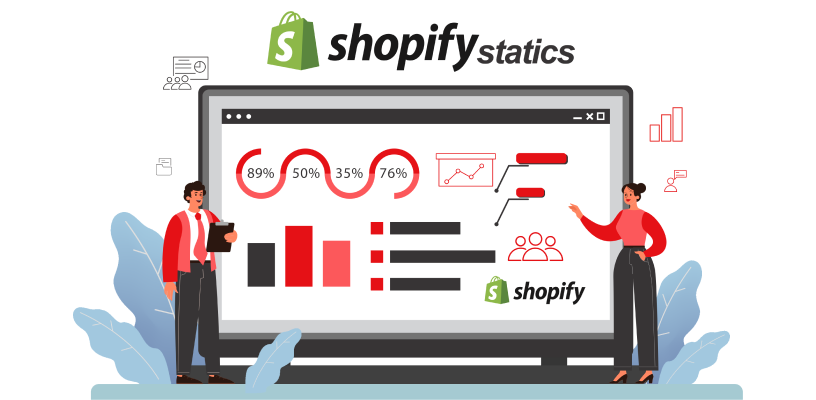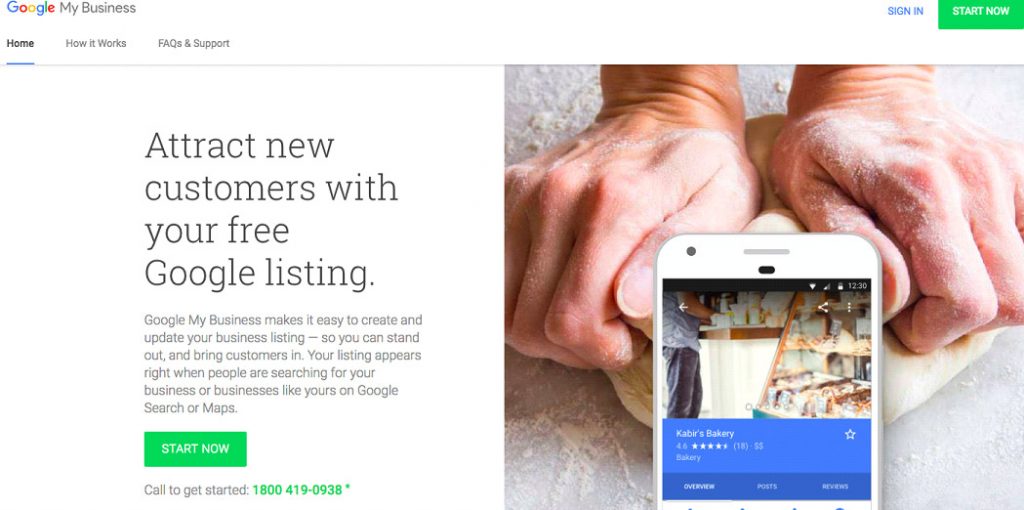6 Recent Key Developments In Shopify
Shopify is constantly working to add more features and integrations to benefit its users. Here are some of the most recent developments that delighted Shopify business owners:
1. Shopify Magic was launched
Shopify Magic is a treasure trove of free AI-enabled features that can be easily integrated into Shopify products and workflows. They aim to simplify how a business runs and grows using the platform. Shopify Magic also brings together the power of the latest AI advancements to offer a more personalized and contextual experience. The support ranges from store building, customer support, inventory management, and even marketing.
2. Sidekick was introduced
Sidekick is powered by Shopify Magic and is an AI-enabled e-commerce assistant that makes it easier for organizations to start and run their businesses on the global e-commerce platform Shopify. Sidekick is trained to have access to context, and data while having the ability to generate highly relevant and customized support for an array of tasks.
The addition enables businesses to automate everyday tasks and has the ability to promote meaningful conversations with the AI-powered assistant and help you get started with the creative thinking process.
The add-on is also helpful in tackling time-consuming tasks and helps a business make informed decisions by recommending carefully curated recommendations. The AI assistant is easy to use and doesn’t require any technical expertise.
3. Got Powered by OpenAI’s ChatGPT API
With the rapidly growing application of ChatGPT, Shopify recently introduced its dynamic chatbot powered by OpenAI’s ChatGPT AI, which can intuitively understand the preferences of customers, offering personalized and quick product suggestions based on what the target audience is looking for.
The chatbot integrates entirely with the inventory system, ensuring your customers always find what they are looking for within a few seconds, improvising the overall shopping experience, and encouraging quick purchases. It also ensures that customers have a pleasant experience and a positive brand perception.
4. New introductions
Aside from the AI integrations, Shopify has also introduced Shop Pay Installments into the Shopify POS. Due to this, it becomes easier for retail merchants to offer in-store shoppers similar flexibility in payment options as those offered online. It simplifies the overall process while giving shop owners the confidence to choose an option that works best for them.
Another key tech introduction has been Shopify Bill Pay, which allows for streamlining the expense management process. The tool helps merchants manage and make payments to vendors directly from Shopify’s admin panel. Shopify Credit is also a vital pay-in-full business credit card that has been introduced exclusively for Shopify merchants.
It comes with the feasibility of showing tailored credit limits based on sales with no credit checks, interest, or fees. It also allows merchants to earn cashback savings on trending eligible spend categories.
5. Shopify checkout optimization
Optimization of the checkout page is pivotal to ensuring a safe and smooth checkout experience for your customers. In light of this, Shopify optimized checkout to ensure more speed and convenience.
It comes after a redesign of the checkout to streamline the one-page checkout experience. Shopify also increased its extensibility with new updates and APIs.
As a result, more businesses will experience fewer cart abandonment issues and more successful sales cycles. It is a relief for companies that are exhausted from trying to reach out to potential customers who leave the checkout page out of frustration or because they are indecisive about the purchase they are making.
6. App integration announcement
Shopify always aspires to offer a simple and direct solution to its customers, and with an app integration with Amazon, Shopify aims at offering its US merchant sector the ability to include the ‘Buy with Prime’ app into the Shopify checkout page for transactions that are getting processed by Shopify Payments. Amazon Integration Plus streamlines any rough folds with easy data and inventory syncing.

















